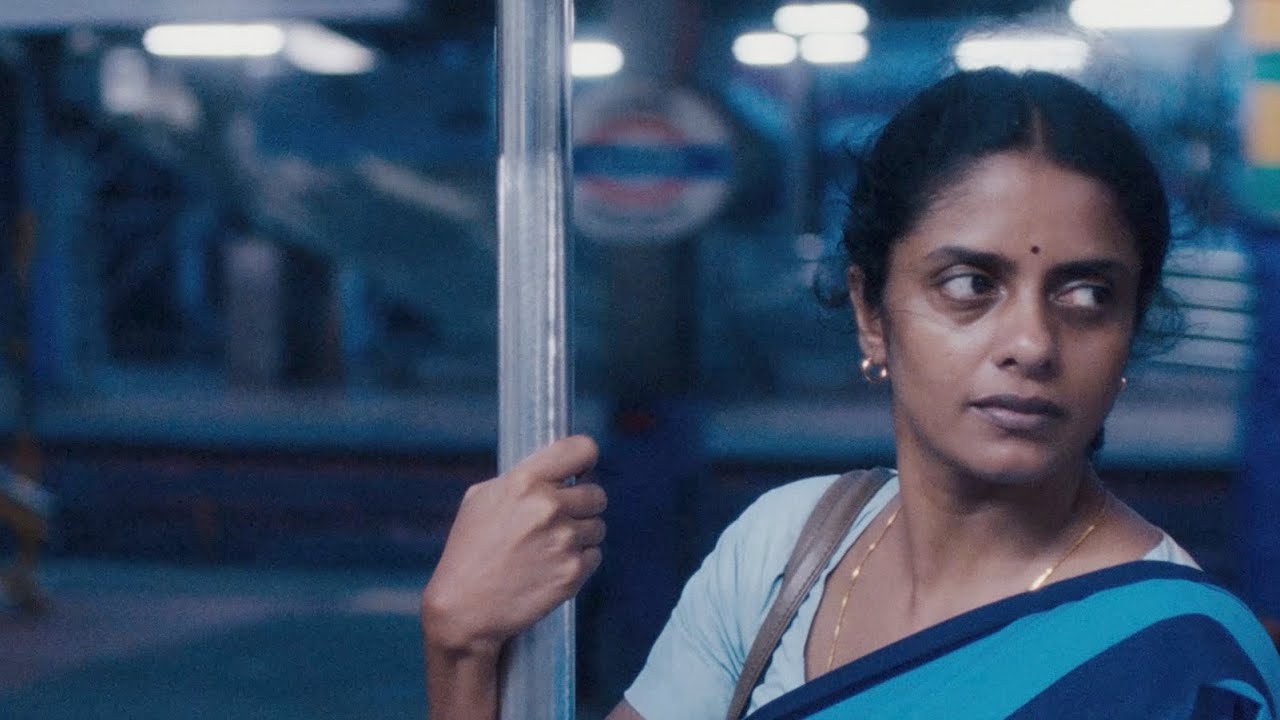If there’s one Indian film from this year that needs no introduction, it’s this one. The narrative debut of Payal Kapadia, which won the prestigious Grand Prix award at this year’s Festival de Cannes.
We see Hindi films, Malayalam films, Tamil films, and Marathi films being made every year. Each state’s film industry churns out a large number of movies throughout the year. Some languages even have a new movie releasing every Friday—that’s the volume. But hardly any of these movies are capable of portraying an Indian story.
Don’t get me wrong, all the industries are doing their best, but you don’t often see them capturing the linguistic, social, and cultural diversity that makes our country so unique. They are mostly limited to their own languages and cultures. And this is exactly where All We Imagine As Light manages to shine and stand out.
We hear more than ten different languages in its 2-hour runtime, and although most of it is Malayalam and Hindi, there’s a fair chunk of Marathi, Gujarati, Tamil, Bengali, etc.

That’s how every Indian city is—Mumbai, even more so, because of its status as the financial capital. Seeing Mumbai through Payal’s lens was enough to understand that she knows this city. She has lived here. She isn’t fooled by all the charm and embellishments.
Payal has incorporated Mumbai so beautifully into the movie. There’s a scene where Prabha is being asked out, but instead of saying yes or no, she replies, “I have to go. I’ll miss the last train.” That’s such a Mumbai thing to say. I can’t imagine this happening in any other Indian city.
Enough about the city—now coming to the characters.
There are three different women here, all in different age groups. At the beginning of the movie, they’re at one point in their lives, and by the end, although they may seem the same outwardly, they have undergone an entire journey, both externally and internally.

There’s a melancholic feeling throughout the movie, but it’s not inherently sad. How could it be? It’s such a sweet tale of female solidarity, and at the moments I cried, I couldn’t even tell if they were happy tears, sad tears, or simply because I hadn’t seen such an earnest and honest story in so long.
The background score, with its piano keys, is a masterstroke. It appears at moments you wouldn’t expect, adding a layer of unpredictability to an already engaging narrative. You feel as though you are witnessing it all in real time.

Only a woman could have made this movie because even the men here are so sensitive. There’s no macho or alpha behavior.
By the end, the movie inches towards fantasy and magical realism, and that’s when it fully won me over. Props to Kani Kusruti for pulling off that whole sequence like a queen.
Chhaya Kadam (the common link between the two prospective Oscar entries this year) plays a similar role to her character in Kiran Rao’s Laapataa Ladies. She’s alone, fending for herself, and independent. However, Kapadia’s Parvaty isn’t as preachy as Rao’s Manju Maai.
Divya Prabha plays Anu, the youngest and most carefree of the three women. She’s in love with a Muslim man, and that causes her a lot of eye-rolling and slut-shaming from her co-workers. They say a woman is a woman’s worst enemy, and for a moment, I started to think that as well. But as the film progresses, you see how beautiful women in solidarity can be. I am always reminded of Jo March’s monologue from Little Women when I see films like this one.
I am so glad for this film’s existence. Ms. Kapadia, whatever you make next, I’ll be seated.

Chaitanya Tuteja is someone who enjoys sharing his thoughts on books, movies, and shows. Based in India, he appreciates exploring different stories and offering honest reflections. When not reflecting on his favorite media, Chaitanya enjoys discovering new ideas and embracing life’s simple moments.


This website, you can find a wide selection of slot machines from leading developers.
Users can experience retro-style games as well as new-generation slots with high-quality visuals and exciting features.
Whether you’re a beginner or an experienced player, there’s always a slot to match your mood.
slot casino
All slot machines are instantly accessible 24/7 and optimized for desktop computers and smartphones alike.
You don’t need to install anything, so you can get started without hassle.
The interface is easy to use, making it simple to explore new games.
Sign up today, and discover the world of online slots!
Our platform features a wide range of prescription drugs for easy access.
Anyone can securely buy health products without leaving home.
Our product list includes standard medications and specialty items.
Each item is provided by reliable providers.
cenforce 100mg price in india
Our focus is on discreet service, with private checkout and on-time dispatch.
Whether you’re looking for daily supplements, you’ll find safe products here.
Visit the store today and enjoy convenient access to medicine.